The fourth day started like all previous ones, with the early birds getting up to watch the other, early birds. However, today was slightly different today we set up mist nets to get closer looks at all of the birds we had until now been watching from afar. We had groups check every half hour to make sure that none of our avian comrades were in the nets for too long. While we were in the middle of checking these, we were served the most delicious breakfast burritos, of which a few of us had two.
After we all stuffed our faces, Javier showed the group the myriad of ways that scientists handle and take measurements from the birds that were caught in the mist nets. Some of these included; teaching us how to handle birds properly, how to take wing, tarsus and beak measurements, how to check for moulting and ectoparasites, how to check for breeding, how to weigh the bird, how to band, how to examine fat stores, and how to take blood samples. We learned that all of these data help us to better understand the physical condition of the individuals and how that relates to population diversity and dynamics. Just a bit of the diversity that we were able to capture with the mist nets included; the Russet Nightingale Thrush (Catharus occidentalis), Golden-browed Warbler (Basileuterus belli), Green-striped Brush Finch (Arremon virenticeps), Audubon Oriole (Icterus graduacauda), and Amethyst-throated Hummingbird (Lampornis emethystines); which had the most beautiful iridescent colouration on its throat. Those students who were eager enough, were given the chance to properly handle and get a closer look at some of our avian amigos. We even got the chance to witness the natural biological process of excretion specifically on Liam’s hand, an Oriole ordeal if you like.
We then split off into our individual project groups to collect pilot data. Our group was hoping to look at competition between woody tree species and how it relates to the moisture availability. We hypothesized that larger trees would be using more of the soil moisture in an area and predicted that this would shape the density of competing neighbours. A pattern was forming in our data up until we learned one of the most important aspects of fieldwork, always bring at least two of everything. So, with heavy hearts and a broken moisture meter, we trudged back to the field station with Chamela on the mind.
Our spirits were raised when we realized what was for dinner, a delectable corn and chicken stew (mushroom for the vegetarians and vegans of course). When we were finished devouring dinner, we were greeted with the delightful sight of flames dancing in the firepit. As we all began to gather around the flame, we waited impatiently to hear that a bat had been caught in our mist nets that we had re-set. Unfortunately, we found no frickin’ bats because it was too frickin’ cold. We did however find out that Hector and Liam both know guitar rather well and ended the night serenading the animals to sleep with classical Mexican and maybe not-so-classical sing-along songs. This is the Boom Chachalakas, signing off for another 5 days. We’ll see you in Chamela next, hopefully with a new study concept.
En español
El cuarto día comenzó con los anteriores, con los pájaros tempraneros levantándose yendo temprano a observar a las otras aves. Sin embargo, hoy fue diferente ya que se colocaron redes para atrapar algunas de las aves que solo observábamos desde lejos. Nos organizamos en grupos para checar cada media hora y evitar que las aves estuvieran por largo rato atrapadas en las redes. Entre chequeos, nos fuimos a desayunar un rico desayuno preparado con burrtitos, que hasta algunos comimos hasta dos.
Después de tan delicioso desayuno, Javier nos instruyó en las variada formas en las que los científicos realizan las métricas y manipulación de aves capturadas. Algunos aspectos fueron, el cómo agarrar bien las aves en la mano, la forma de medir las alas, tarso, picos, y también sobre la muda y sobre ectoparásitos, además de condición reproductiva, el peso, cantidad de grasa y cómo obtener muestras de sangre. Todas estas variables importantes para entender aspectos de la dinámica de poblaciones y de la diversidad.
Entre la diversidad de aves capturadas estuvieron el Zorzal occidental (Catharus occidentalis), Chipe ceja dorada (Basileuterus belli), Rascador dorso verde (Arremon virenticeps), Bolsero de Audubon (Icterus graduacauda), y el Colibrí garganta ametista (Lampornis amethystinus) con un clor violeta iridiscente muy hermoso en la garganta. Todos aquellos estudiantes que quisieron, tomaron aves en las manos para sentir la emoción de manipular a nuestros amigos pajariles. Así tuvismos oportunidad de experimentar en propia mano, claro la de Liam la excreción de un pájaro amigo.
Ya después nos reunimos en equipo para trabajar en los proyectos piloto para determinar si funcionarían nuestras ideas. Nuestro equipo propuso trabajar sobre la competencia entre árboles y como se relaciona al nivel de humedad del suelo. Nuestra hipótesis fue que los árboles más grandes utilizarían más humedad de un área prediciendo que esto afectaría la densidad de competidores vecinos. Empezamos a observar un patrón de nuestros datos hasta que nos dimos cuenta de un aspecto muy importante, traer dos aparatos medidores de humedad, pues el primero se rompió. Así que corazones deprimidos, nos dimos ánimos para comenzar de nuevo en Chamela.
Nuestro ánimo resplandeció cuando supimos que nuestra cena sería una sopa de elote con pollo o de hongos para los vegetarianos claro. Cuando terminamos de cenar nos alegramos con una fogata llena de música y buenos tragos. Ya que casi todos estábamos reunidos, estábamos impacientes por capturar murciélagos en la red. Desafortunadamente no atrapamos ninguno ya que estaba muy fría la noche. Para nuestra fortuna, descubrimos que Héctor y Liam resultaron buenos cantando y tocando la guitarra alrededor de la fogata con canciones mexicanas y canadienses. Al ritmo de Boom-Chachalacas, listos para otros 5 días.
Nos veremos en Chamela pronto, esperamos con nuestro nuevo proyecto.
- A tactile bird experience
- Chenxi staring down a Yellow-rumped Warbler
- Sean holding a Yellow-rumped Warbler
- Gerardo with Green-striped Brush-finch
- Evelyn with Green-striped Brush-finch
- Darcey with Green-striped Brush-finch
- Kayleigh with nightingale thrush
- Claire with nightingale thrush
- Emily in repose
- Amethyst-throated hummingbird
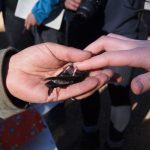
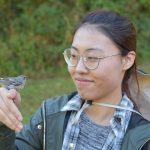
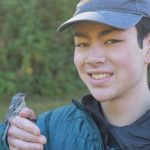
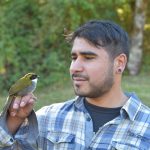
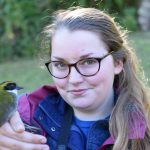
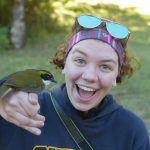
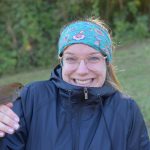
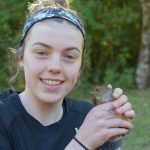
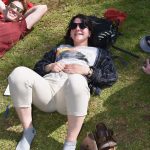
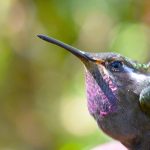
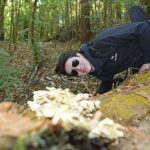
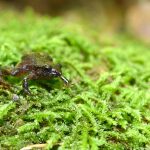
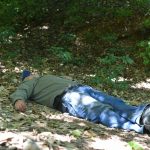
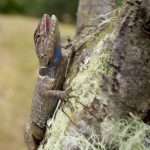
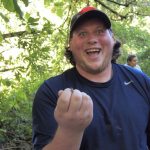
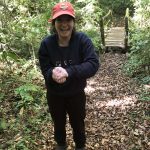
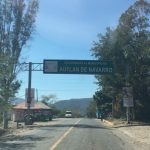
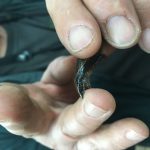
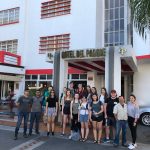
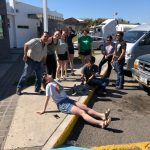
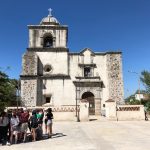
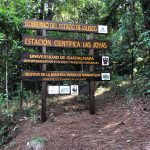
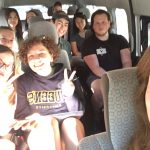
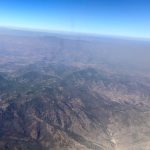
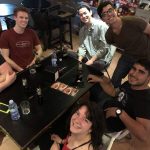
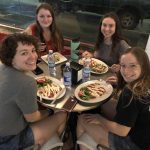
Recent Comments